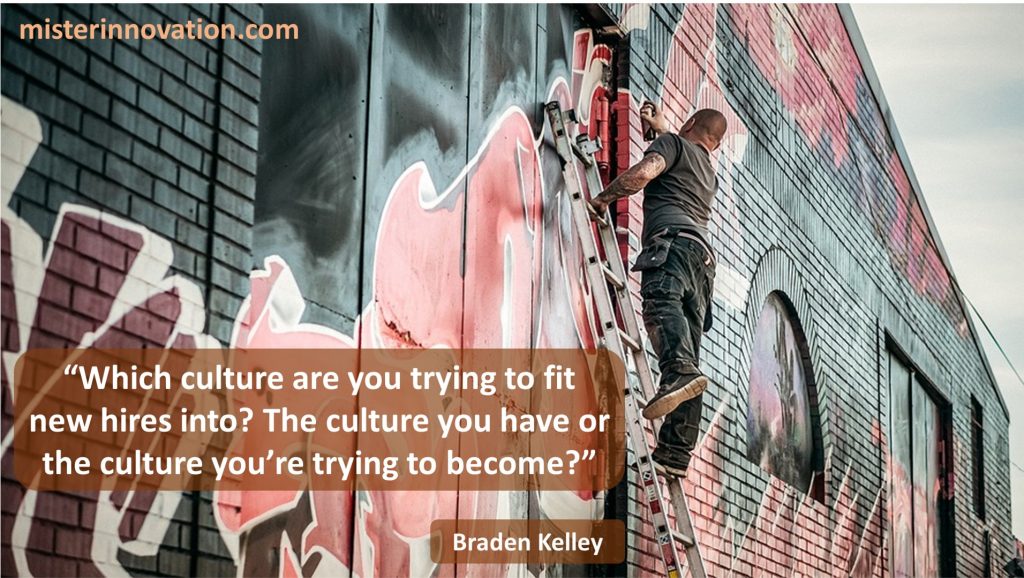
GUEST POST from Chateau G Pato
In today’s rapidly evolving business landscape, organizations must prioritize innovation in order to stay competitive and thrive. However, many companies struggle to foster a culture of innovation that transcends the occasional brainstorming session or special project. True innovation must become a part of the fabric of daily operations, ingrained in the mindset of every employee from top to bottom.
So, how can organizations instill a culture of everyday innovation? By encouraging and empowering their employees to contribute ideas and improve processes continuously. Here are two case studies that exemplify this approach:
Case Study 1: Google
Google is renowned for its culture of innovation, which is evident in its diverse range of products and services. One key to Google’s success is its “20% time” policy, where employees are encouraged to spend 20% of their work hours pursuing their own passion projects. This policy has led to the creation of products like Gmail and Google Maps, which have revolutionized the way we communicate and navigate the world.
Google also holds regular hackathons, where employees come together to brainstorm and develop new ideas in a collaborative environment. These events not only foster creativity and innovation but also help break down silos between teams and departments, encouraging cross-pollination of ideas.
By empowering employees to take risks, experiment, and think outside the box, Google has created a culture of everyday innovation that drives the company’s success.
Case Study 2: 3M
3M is another organization that excels at fostering innovation in its day-to-day operations. One of 3M’s most famous innovations is the Post-it Note, which was the result of a serendipitous discovery by a scientist trying to develop a strong adhesive. This accidental invention led 3M to adopt a philosophy of “innovating by mistake,” encouraging employees to explore new ideas and opportunities without fear of failure.
3M also has a program called “Genesis Grants,” which provides funding for employees to pursue innovative projects that align with the company’s strategic goals. This initiative not only incentivizes employees to think creatively but also shows that the company values and supports their ideas.
By creating a supportive environment where employees are encouraged to experiment, take risks, and think outside the box, 3M has built a culture of everyday innovation that drives continuous improvement and propels the company forward.
Conclusion
Creating a culture of everyday innovation requires more than just lip service from leadership. Organizations must empower their employees to contribute ideas, experiment, and take risks in order to drive meaningful change and stay ahead of the competition. By following the examples set by companies like Google and 3M, organizations can cultivate a culture of innovation that fuels growth, creativity, and success.
SPECIAL BONUS: The very best change planners use a visual, collaborative approach to create their deliverables. A methodology and tools like those in Change Planning Toolkit™ can empower anyone to become great change planners themselves.
Image credit: misterinnovation.com
![]() Sign up here to get Human-Centered Change & Innovation Weekly delivered to your inbox every week.
Sign up here to get Human-Centered Change & Innovation Weekly delivered to your inbox every week.